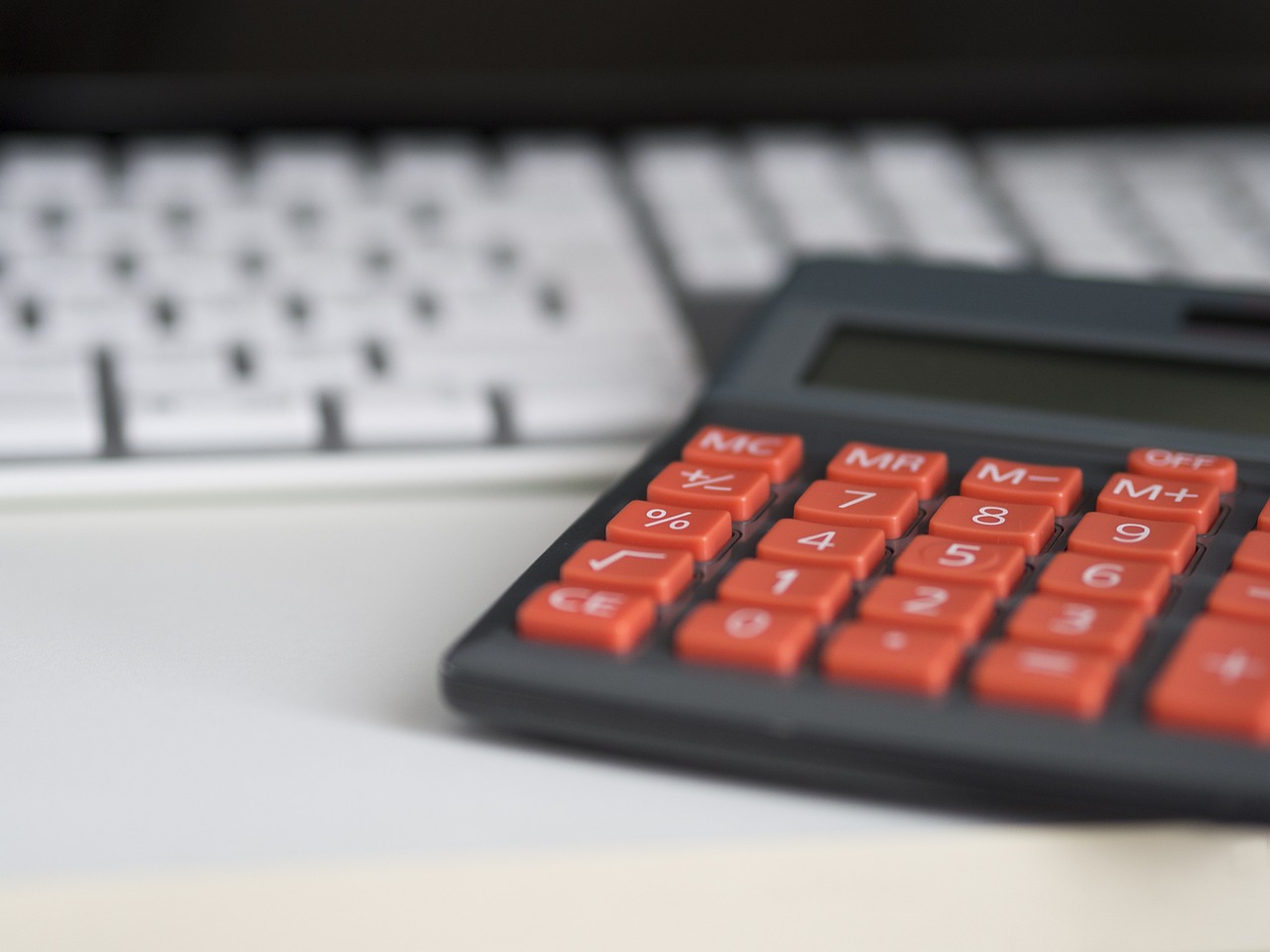
13 Feb I have three IRAs and I need a distribution. Help?
Photo: pixabay.comQ. I will be taking my first required minimum distribution (RMD) this year at age 73. I have three separate retirement accounts at the same custodian that I rolled over at different times: Account A, value at the end of the year was $87,000 and $8,000 of the contributions were previously taxed by New Jersey. Account B is $240,000 and $74,500 was previously taxed by New Jersey, and Account C is $95,000 with none of the contributions previously taxed by the state. My RMD is almost $16,000 based on all three accounts but I only plan to take the RMD from one account. But which one? And what about the state worksheet for this?
— Saver
A. Congratulations on keeping great records on your previously taxed contributions to retirement plans.
This effort will pay off as it will save you tax dollars when you file your New Jersey individual income tax return.
Let’s start with RMDs.
The Secure 2.0 Act raised the age that account owners must begin taking RMDs, said Ann Marie Perry, a certified public accountant with Peapack Private Wealth Management in Summit.
For 2023, the age at which owners must start taking RMDs goes up from age 72 to age 73, she said.
“Contributions to an IRA are subject to New Jersey income tax in the year they are made,” she said. “When you make a withdrawal from an IRA, the amount you contributed is not taxable, since the contributions were already taxed.”
This is why it is so important to keep track of your contributions — so you don’t pay tax on them twice, she said.
To calculate the taxable and excludable portions of a withdrawal from a traditional IRA, you must use the New Jersey IRA Worksheet, Perry said.
This IRA worksheet appears in the New Jersey income tax return resident instruction booklet.
You don’t have to file this worksheet with your tax return, but you should keep it with your records, Perry said.
If you run the numbers you provided above through this worksheet, you will calculate a ratio of the taxable portion of the withdrawal, she said.
“If you are making withdrawals from several IRAs in the same year, you can use a separate worksheet for each IRA, or you can combine all IRAs on one worksheet,” she said. “Report the total taxable amount, and the excludable amount if you are a NJ resident, on your NJ-1040 income tax return.”
To answer your question on how to fill out one combined Worksheet C, you would enter the combined value of all three accounts on line 1, the entire RMD distribution amount on line 2 and the total amount of previously taxed contributions on line 4a, she said.
Since New Jersey gives you the option to either use separate worksheets or one combined worksheet, it might benefit you to run the scenario both ways to see which gives you the highest excludable amount for this tax year, Perry said.
“This amount is recalculated each year based on the current value of the IRA,” she said. “If you happen to be in a high-income tax year, you may want to withdraw from the IRA with the highest previously taxed basis to keep your income low.”
Conversely, she said, if you have a low-income year, you might feel it’s a good time to recognize a bit more income. Then, you might decide to take from the IRA with no previously taxed amount, she said.
“Running different scenarios with your numbers will give you the best answer as to which method to use and which IRA to tap for your withdrawal,” she said.
Consider speaking to a tax professional to make sure your calculations are correct.
Email your questions to .
This story was originally published in February 2024.
NJMoneyHelp.com presents certain general financial planning principles and advice, but should never be viewed as a substitute for obtaining advice from a personal professional advisor who understands your unique individual circumstances.

